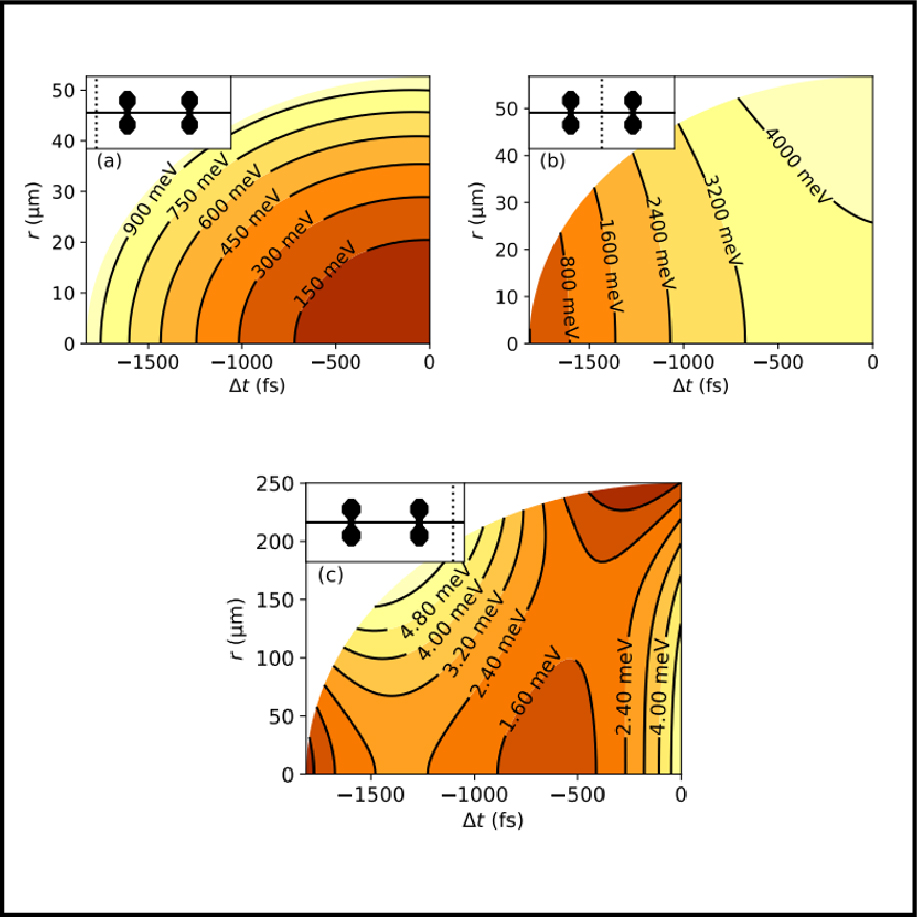Lossless Monochromation for Electron Microscopy with Pulsed Photoemission Sources and Rf Cavities
We propose a new application of microwave technology that reduces electron beam energy spread by two orders of magnitude. A pulsed beam with smaller energy spread is capable of resolving smaller features of experimental samples, down to the size of single atoms and the time and energy scales of atomic motion. The state-of-the-art is to reduce energy spread by filtering out particles. Typically, one percent of the beam remains, too insignificant to be detected at low beam energies. We propose instead to equalize particle energies by energy-boosting slower particles, without loss of beam current. A short laser pulse triggers electron emission and synchronizes the beam with the oscillating microwave field that delivers the boost. We optimize our design by solving a mathematical model of the beam source and the microwave resonator.
Applications and Relation to CBB Goals:
Precision electron beams are needed to advance our understanding of quantum matter. To dissect the complex causes of exotic material properties requires a probe as precise in space, time and energy – in short, as bright – as quantum mechanics allows. Our design is the first to enable time-resolved measurements of minute transfers of beam energy to experimental targets. These energy transfers reveal the target's spectrum of quantum excitations. Our design is also unique in operating at both high and low beam energies. Our results are a significant step toward future, high resolution electron microscopes for users that require low beam energies.
Reference:
C. J. R. Duncan, D. A. Muller, and J. M. Maxson, “Lossless Monochromation for Electron Microscopy with Pulsed Photoemission Sources and Radio-Frequency Cavities,” Physical Review Applied, vol. 14, no. 1, Jul. 2020, doi: 10.1103/PhysRevApplied.14.014060. [Online]. Available: https://link.aps.org/doi/10.1103/PhysRevApplied.14.014060

